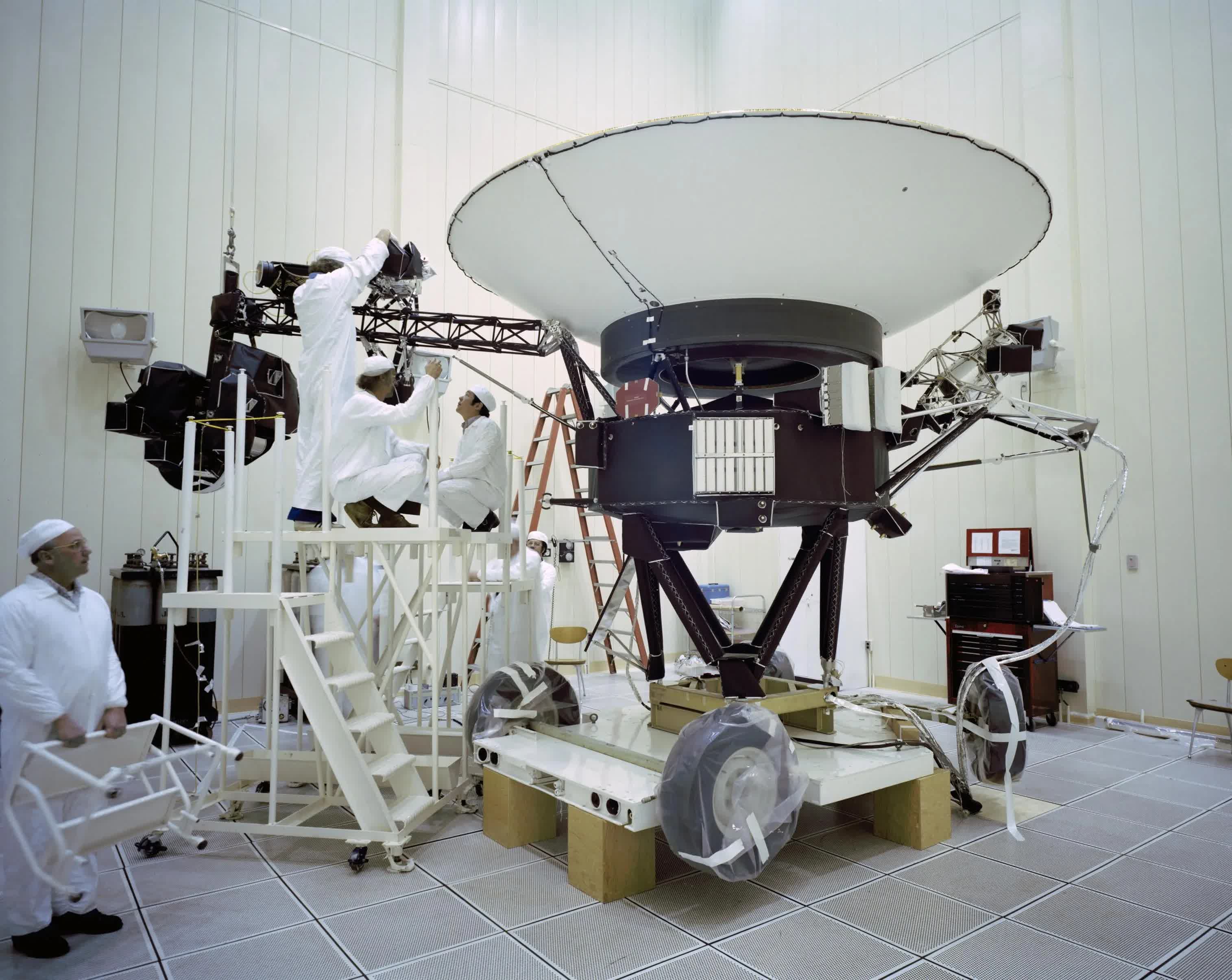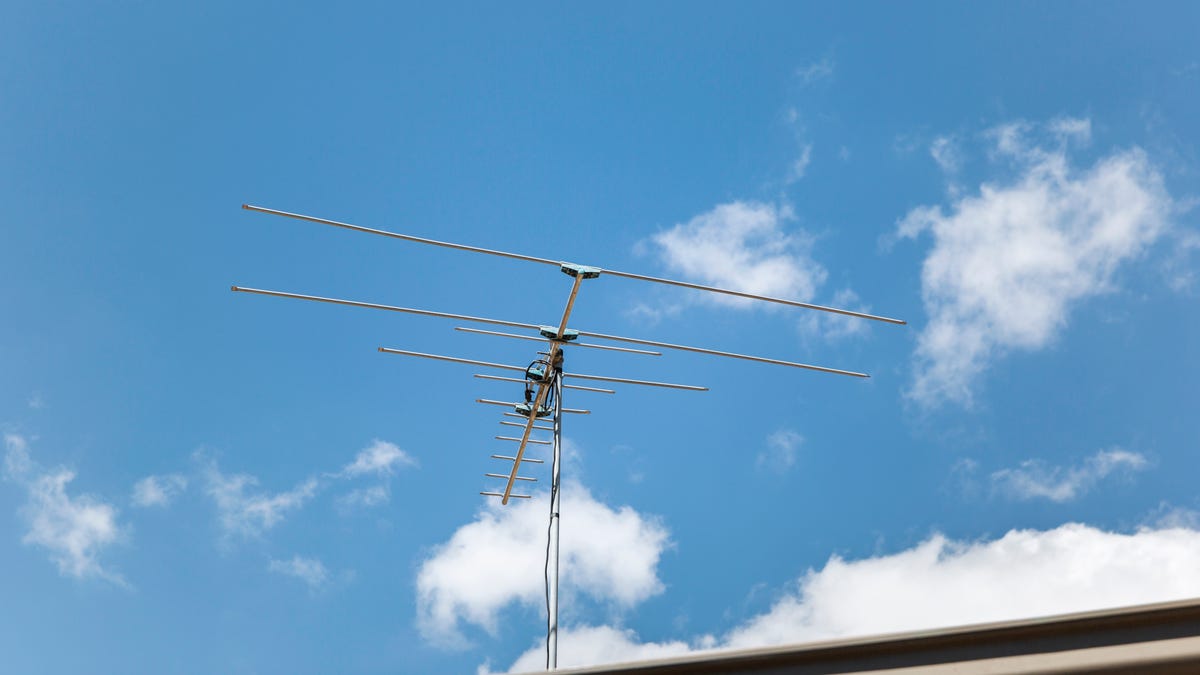Serving tech enthusiasts for over 25 years.
TechSpot means tech analysis and advice you can trust.
What just happened? NASA has remotely disabled one of the science instruments on its Voyager 2 spacecraft in response to the probe's dwindling energy supply. The space agency had hoped to keep all five of the probe's instruments up and running through at least 2026 thanks to a revised power strategy that involved siphoning a small amount of backup juice from the craft's radioisotope thermoelectric generators, which turn heat from decaying plutonium-238 atoms into electricity.
Unfortunately, they were not able to stretch the reserve power as far as anticipated.
As a result, NASA made the decision to turn off the craft's plasma science instrument to conserve any remaining power. For now, the craft will continue operating with its four other instruments intact. NASA said it believes Voyager 2 has enough power to continue exploring interstellar space with at least one functional instrument into the 2030s. The craft loses about four watts of power each year from the decaying plutonium.
The plasma science instrument utilized four cups that observed plasma in space. Three of them faced the Sun and observed solar wind while the craft was inside the heliosphere. After reaching interstellar space in 2018, plasma flow into these three cups dipped significantly. The fourth cup, aligned at a right angle to the other three, was only delivering its most useful data every three months.

NASA's Voyager 2 probe launched in 1977 along with its twin, Voyager 1. The craft took off 16 days before Voyager 1 and was originally commissioned as a five year mission to study gas giants Jupiter and Saturn. The probe eventually conducted flybys of Uranus and Neptune (the two other gas giants in our solar system), and entered interstellar space in 2018 (Voyager 1 did so in 2012). They are the only human-made craft to reach interstellar space.
At present, Voyager 2 is more than 12.8 million miles from Earth. It takes just over 19 hours for signals sent by NASA to reach the probe, and another 19 hours to get a return signal.




:quality(85):upscale()/2021/07/06/971/n/1922153/7d765d9b60e4d6de38e888.19462749_.png)
:quality(85):upscale()/2024/10/29/957/n/1922441/c62aba6367215ab0493352.74567072_.jpg)

:quality(85):upscale()/2024/10/29/987/n/49351082/3e0e51c1672164bfe300c1.01385001_.jpg)

 English (US) ·
English (US) ·